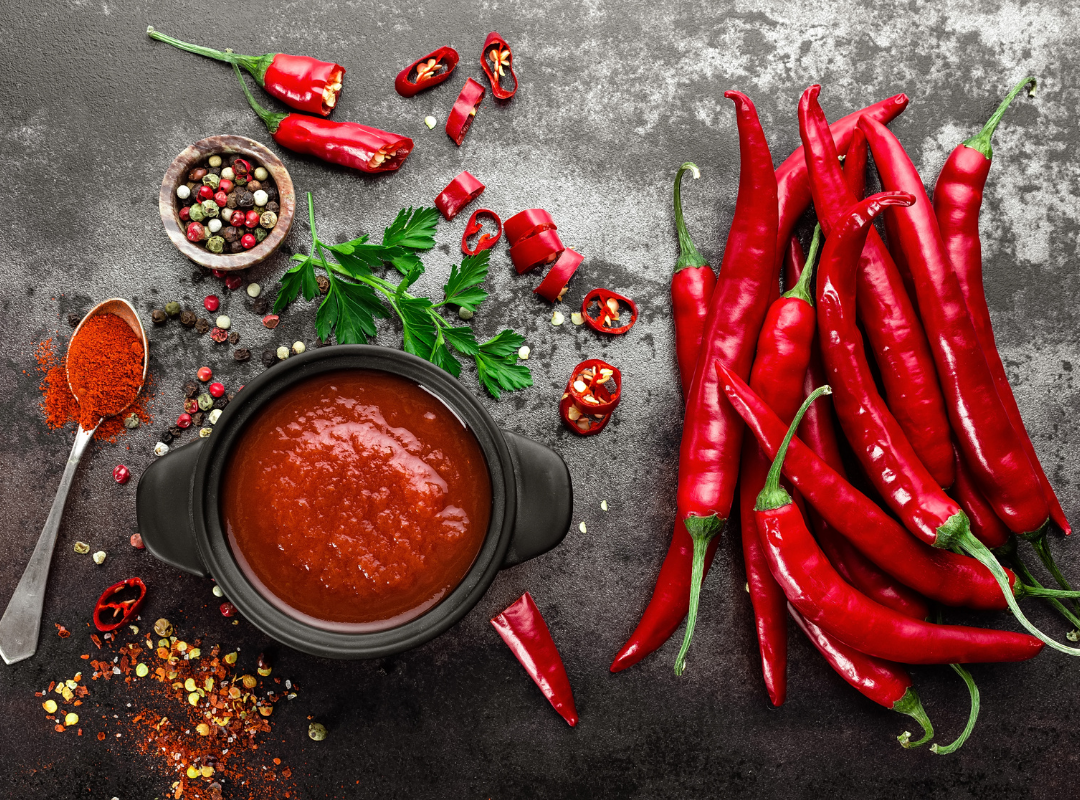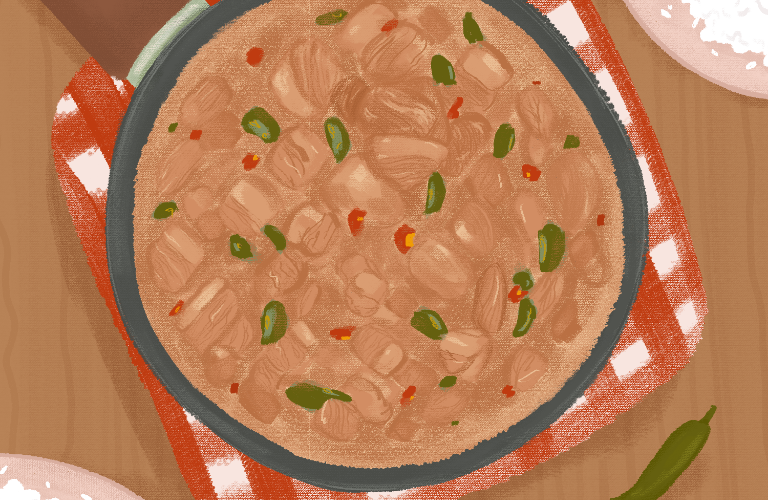It takes a certain level of courage to love spicy food. With many Bicolanos, however, such courage seems to be innate. In this article, we will discuss the three reasons why Sili is the “Queen” on every Bicolano’s dining table.
An integral element of Bicolano food culture
Thanks to the Philippines’ archipelagic nature, each of its regions possesses a unique set of rich culinary traditions which has been mastered and passed on for generations. For Bicolanos, this happened to be everything spicy.
A taste that will make you yearn for water
Aside from their innate love of spicy food, Bicolanos are also well-known for their hospitable nature, albeit shown quite differently. A Bicolano festival wouldn’t be complete without coconut milk (gata) and chili peppers, even the native small ones (sili and/or siling labuyo). When visitors have a taste, this is when they’ll get to see the peak of Bicolano hospitality – and that is by simply offering water or any cold beverage at that.
The perfect partner for just about any vegetable
Take a look at a Bicolano home’s backyard and you might discover a variety of ingredients that can make you a meal or two. For example, the Bicolano specialty called Laing can be made with simmered taro leaves in a combination of chilies and coconut milk. This powerful duo can also do wonders when combined with bamboo shoots to create ginataang labong as well as the cotton fruit (santol) in making sinantolan.

Is there a scientific reason behind all the hype?
This time, we’re not only talking about Bicolanos. Have you ever wondered how some people can effortlessly consume spicy food while some won’t ingest something even with a sprinkle of chili pepper flakes?
To tell you the truth, scientists aren’t really sure why, but two popular theories are going around that might shed some light for us.
The first one involves genetics, which believes that some people are just naturally born to be less sensitive to spice. To better understand this theory, there’s a specific sensory receptor and protein called TRPV1 which responds to physical temperature and fiery food molecules. As these molecules bind to the receptor, this will cause a burning sensation on the tongue upon the consumption of spicy food.
However, the gene sequence that produces the protein varies per person. This will likewise result in certain variations that can make people more or less responsive to spices, which can be measured in their levels of tolerance.
The second theory is more on a behavioral note, more specifically, on benign masochism. People with this behavior are drawn to safe methods of experiencing danger such as roller coaster rides, watching horror movies, and in our case, consuming spicy food.
Health benefits of spicy food
Now that we’ve delved into the science behind the people’s certain “addiction” to spicy food, there may be a very good reason why they keep going back for more – and that involves the health benefits that come with the consumption of anything spicy.
The following are just some of the many benefits of adding spice (literally) to your diet:
- Keeps your heart healthy
- Promotes weight loss
- Speeds up one’s metabolism
- Can be an effective pain relief
- Promotes gut health
- Has anti-inflammatory properties
- Can even aid in fighting cancer cells
So the next time your Bicolano friend asks you to share his Bicolano Express meal with you, don’t hesitate to have a bite or two!




